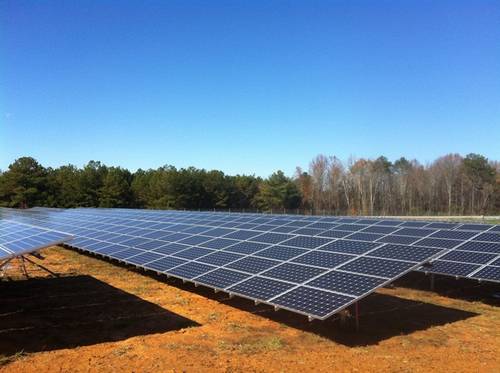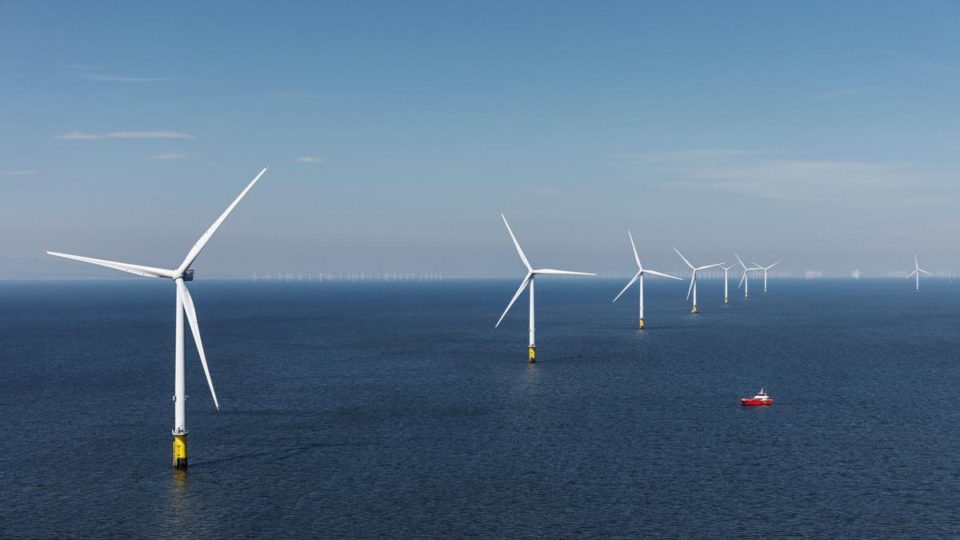Agriculture is the world’s largest industry. When managed sustainably, agricultural operations can provide many environmental benefits, such as protecting watersheds and habitats, and improving soil health and water quality. Sustainable agriculture also embraces biodiversity by minimizing its impact on wild ecosystems and incorporating numerous plant and animal varieties into farm ecosystems.
A new study of farms in India has demonstrated the power of incorporating flowers into farming practices. According to the research by ecologists from the University of Reading in the U.K. and the M.S. Swaminathan Research Foundation in India, planting flowers beside food crops attracts bees, boosts pollination, and improves both the yield and quality of crops.
The study, which was recently published in the Journal of Applied Ecology, is the first of its kind in India. The researchers focused on moringa – which is a nutrient-packed superfood native to South India, and bees – the plants’ essential pollinators.
Working alongside farmers, the researchers planted marigold and red gram crops alongside moringa trees across 12 moringa orchards. They found that flower-visiting insect numbers and diversity were 50% and 33% higher, respectively, in orchards with floral interventions compared to those without them. Floral interventions also led to larger moringa pods and a 30% increase in harvestable fruits.
India has many crops of high economic and nutritional value. The study highlights how farmers can significantly improve crop pollination services and boost yields, while also managing their lands in a more sustainable manner.
**********
Web Links
Flower power on Indian farms helps bees, boosts livelihoods
Floral interventions on farms boost pollinators and crop yields
Photo, posted June 24, 2008, courtesy of Jim via Flickr.
Earth Wise is a production of WAMC Northeast Public Radio






